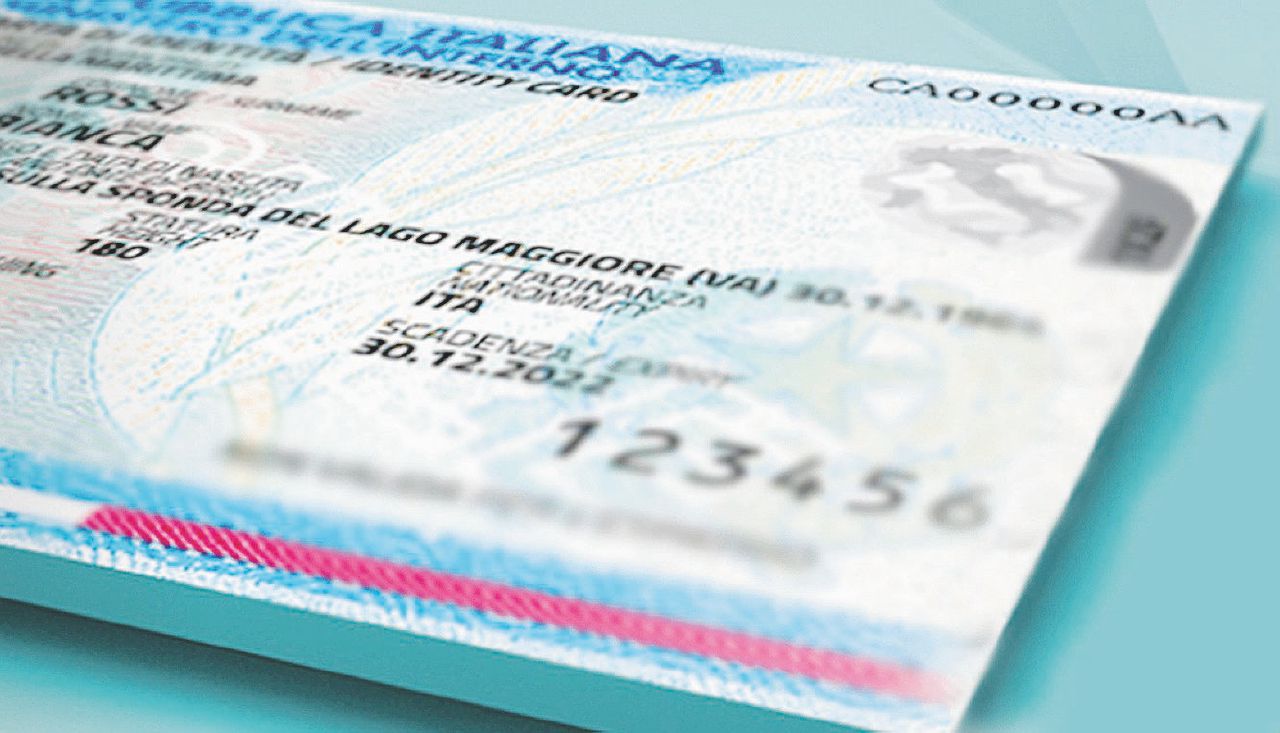The national identity card number is the main recognition tool in Italy from an administrative and bureaucratic point of view. It is an alphanumeric code found on both the paper
identity card (ID) and the electronic one (EID). The
ID card number is the result of
a set of data inherent to the owner that allows state bodies and public institutions to fully recognize the individual. For this reason, the ID card is a very important tool for both Italian and foreign citizens who decide to live in Italy.
INDEX
What Does The National Identity Card Number Mean?
The identity card number is a very important code as it contains information about the holder of the document. In concrete terms, it is an alphanumeric code that contains two capital letters, a space, five numbers, another space, and two more capital letters. In the new EID, in force since 2018, the main information about the holder is contained and stored in the microchip:
- First and last name
- Place and date of birth
- Photograph
- Sex
- Height
- Nationality
- Reference of birth certificate
- Image of the holder's signature
- Issuing municipality or consular office
- Possible non-validity for expatriation
- Image of 2 fingerprints
- In the case of a minor, name and surname of the father and mother
- Tax code in alphanumeric and barcode formats
- Address of residence
- For citizens residing abroad the municipality of AIRE registration.
The History Of The Italian ID Card
Today the ID card is a fundamental tool for every person over the age of 15. In addition, to its recognition function, the document is required together with the health card for many daily operations. Supporting the thesis that the ID card is an extremely important document, there are traces it has left in the history of human societies. In fact, the first trace of an ID dates back to the Assyrian empire, in the second millennium B.C. Archaeologists found terracotta tablets, strictly in cuneiform characters, which indicated the biographical data of the citizens of the multi-ethnic empire. Four thousand years later, although we have moved away from that primitive form, the substance has not changed.
What Is The ID Card For in Italy?
Did you know that in many countries there is no ID card? In Russia, Japan but also in neighbouring Great Britain for example. For this reason, the Welcome Association Italy has thought of dedicating a short article on the subject for its members, in particular non-EU citizens. In Italy there is an obligation to provide, at the request of public officials, an identification document. If you do not provide such a document, you could incur in:
- a penalty of up to one-year imprisonment and
- a fine of up to two thousand euros.
The ID card is, therefore, the main identification document for Italian, EU, and non-EU citizens residing in Italy.
Who Can Apply For The National Identity Card
The identity card number, and its related title, can be requested from the municipality of residence at the registry office. The only condition to be fulfilled to obtain this important recognition title is to be resident in an Italian municipality. What about foreign citizens? All citizens, both European and non-European, must first register at the registry office of their municipality of residence. This procedure, which is called civil registration, implies the presence of a series of documents, including health coverage in line with the requirements of the Italian authorities.
How To Apply For The ID Card For Foreign Nationals?
Aware that the identity card number, and the document itself, are very important identification tools for every citizen residing in Italy, let us find out how to claim them. After the request for registration with the Registry Office, EU and non-EU citizens may request an ID card. The request must be presented in person at the registry office of the City hall of residence, providing the following documents:
- ID card of the country of origin (EU citizens) or valid passport (non-EU citizens);
- Recent passport photo as indicated by the registry office;
- Tax code and/or health card.



Lascia un commento
Comments